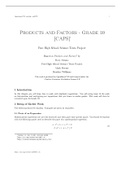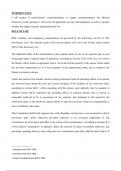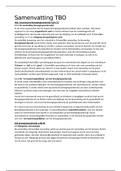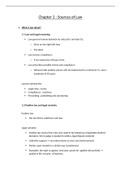Samenvatting
Summary Exponents and their rules!
- Vak
- Instelling
These documents contain a detailed set of notes on exponents, it includes a table of rules that summarises all the rules of exponents. There are 2 practice documents to assist with practice.
[Meer zien]








